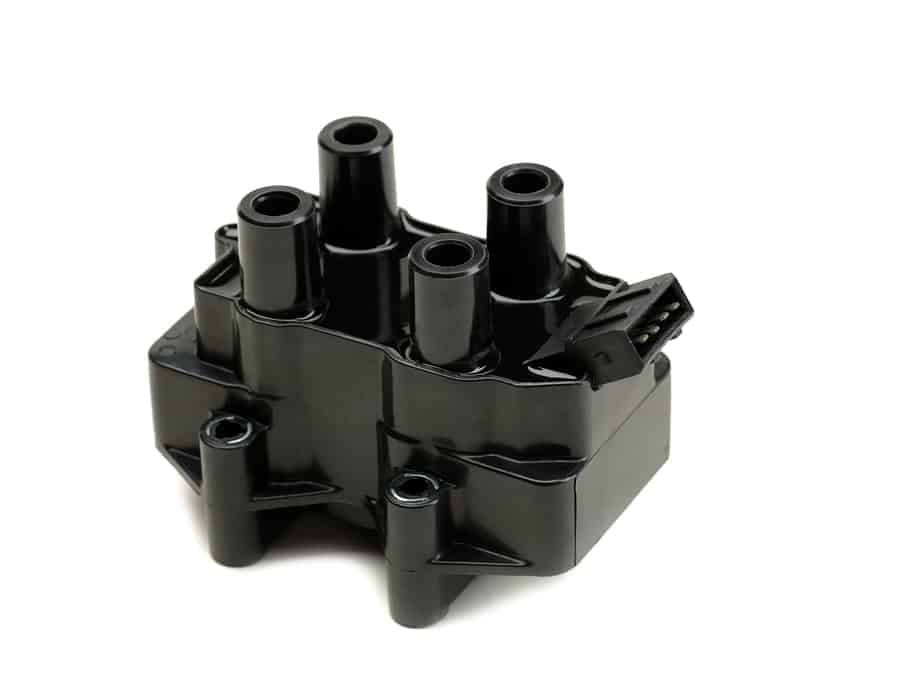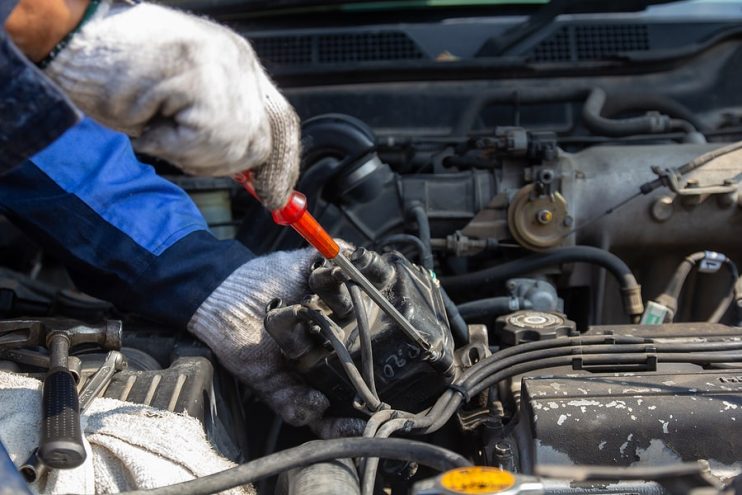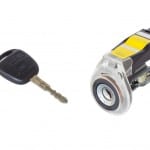
The ignition coil is the part of your car’s systems that provides energy to fire up the spark plug. This is a vital process, allowing the fuel in the cylinders to ignite creating the motion that drives your vehicle. When it is not working correctly, this gives rise to changes in the drive quality.
There are a number of potential issues with your car that could indicate problems with the ignition coil. These include a change in fuel economy, with the car eating more petrol to compensate for issues in the engine. Misfiring is a common symptom as is an increase in stalling and backfiring.
Replacing the ignition coil is a moderately difficult job that requires some mechanical knowledge. Set aside roughly 60-90 minutes to complete the task.
You will need: spark tester, socket set and spanner
Step 1: Open car bonnet and locate the ignition coil
After ensuring that you have parked the car on a piece of flat and level ground, open up the bonnet and look for the ignition coil. This should be on top of the engine, where it can provide connection to the spark plugs. Once you have found it, use a spark tester to verify that the part is not working correctly and needs replacement.
Step 2: Unbolt the ignition coil
There should be a number of bolts holding the ignition coil in place together with wires and cables that link the coil to the car’s electrical system and spark plugs. Disconnect the electrical connections from the coil and then using the socket set, remove the nuts that hold it in place. This should now allow you to gently pull the part out of its seating.

Step 3: Replace the ignition coil
As with all replacement parts, you should now be able to check the old ignition coil against the new part to make sure you have the correct part for your make and model of vehicle. Next simply reverse the removal process, bolting the ignition coil back into its seating and then connecting up the wires and spark plug cables.
Finally
When you have completed the job, take the car for a test drive. You should notice a considerable improvement in the ride quality and drive efficiency, particularly when accelerating. If you still experience difficulties with the ride quality and fuel economy, it may be worth taking your car to the mechanics to get it checked out further, as there could be deeper problems within the engine.



.png)